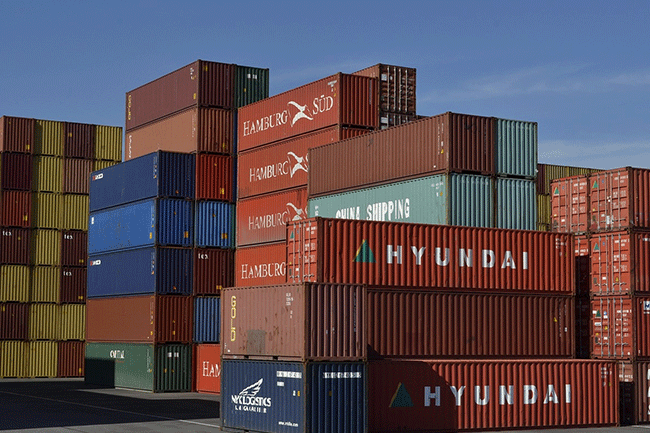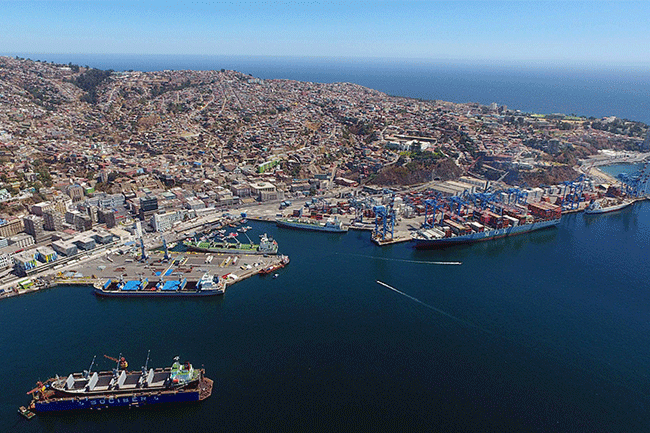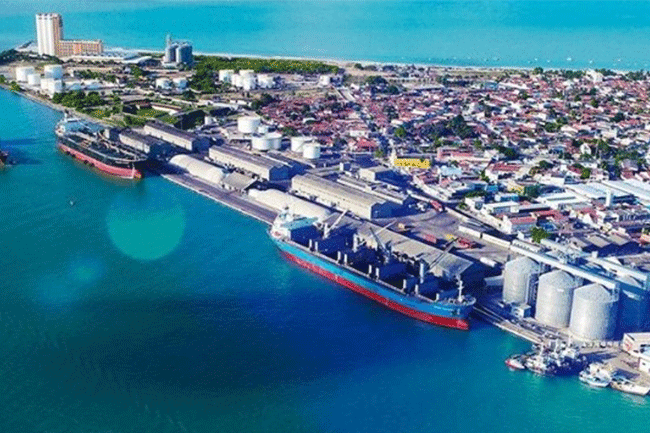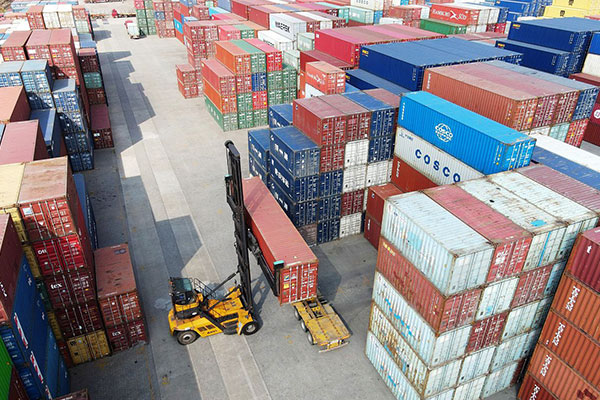- Shanghai Zhongshen International Trading Co., Ltd. – Your reliable partner with 20 years of import/export agency service expertise.
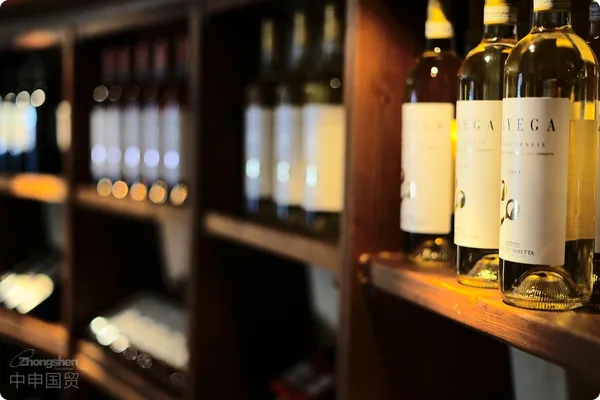
Red WineImport Agent ServicesMarket Status Observation
China’s imported red-wine market is expected to exceed RMB 80 billion in 2025, accompanied byGeneral Administration of Customs Order No. 122As alcohol import supervision tightens, professional agency services have become the key to compliant operations. At present, the market features three types of service providers: traditional customs brokers that have transformed (42%), branches of multinational logistics firms (31%), and specialized alcoholic-beverage supply-chain service providers (27%), whose service capabilities differ markedly.
Core Service Capability Assessment Dimensions
A premium proxy service provider should have four supporting systems:
- Qualification Matrix
- Food Distribution License (including alcohol business permit)
- Entry-Exit Inspection and Quarantine Filing
- AEO (Authorized Economic Operator) Advanced Certification
- Customs clearance responsiveness
- Confirm HS code classification within 48 hours
- On-site coordination capability for handling surprise inspections
- Special handling procedures (e.g., disposal of returned goods)
- Supply chain resilience
- Bonded warehouse temperature-controlled system (constant temperature 12–18 °C)
- Anti-counterfeiting and traceability system integration capability
- Alternative transportation plan for emergencies
Value of Regionalized Service Network
It is recommended to choose an agency service provider that has a physical presence at the target port.
- East China Region (Shanghai/Ningbo Port): Extensive experience in handling wines from the Bordeaux region
- South China Region (Shenzhen/Guangzhou Ports): Specializes in customs clearance for niche Italian wineries
- North China Region (Tianjin Port): Establish a fast-track customs clearance channel for Burgundy Grand Cru wines
Key Practical Points for Risk Prevention and Control
A 2024 case involving a Zhejiang importer shows that, due to the agent’s lack of pre-screening capability, USD 1.2 million worth of Barolo wine was rejected and re-exported because the DOCG marking was non-compliant. It is recommended to focus on verifying:
- Chinese Back Label Pre-approval Service (Compliant with GB7718 Standard)
- Origin CertificateThree-tier verification system
- Capability for filing special bottle shapes (e.g., Prosecco sparkling wine)
Recommended vendor screening path
- Industry association channels: China Foodstuffs & Native ProduceImport and exportMember Units of the Liquor Sub-Committee of the Chamber of Commerce
- Customs data verification: Query enterprise customs clearance timeliness records through a single window
- Key Points for Entity Inspection
- Temperature and Humidity Monitoring Records for the Warehouse Site
- Customs declaration document archiving system (to be kept for at least 3 years)
- Emergency Plan Drill Record
2025 Service Model Innovation
Leading companies are beginning to offerClosed-loop tariff guarantee service, reducing the margin cost by 40%. A leading service provider’s “segmented liability” model raises compensation for customs-clearance errors to 15% of the shipment value, well above the industry average of 5%.
Choosing a red-wine import agent is, in essence, choosingRisk-sharing partner. Enterprises are advised to build a three-dimensional evaluation system that covers customs-clearance timeliness, error rates, and crisis-response speed, and to test the provider’s real reaction capability through simulated emergencies. The final decision should balance service quotations against hidden risk costs and establish a long-term strategic partnership.
? 2025. All Rights Reserved.
